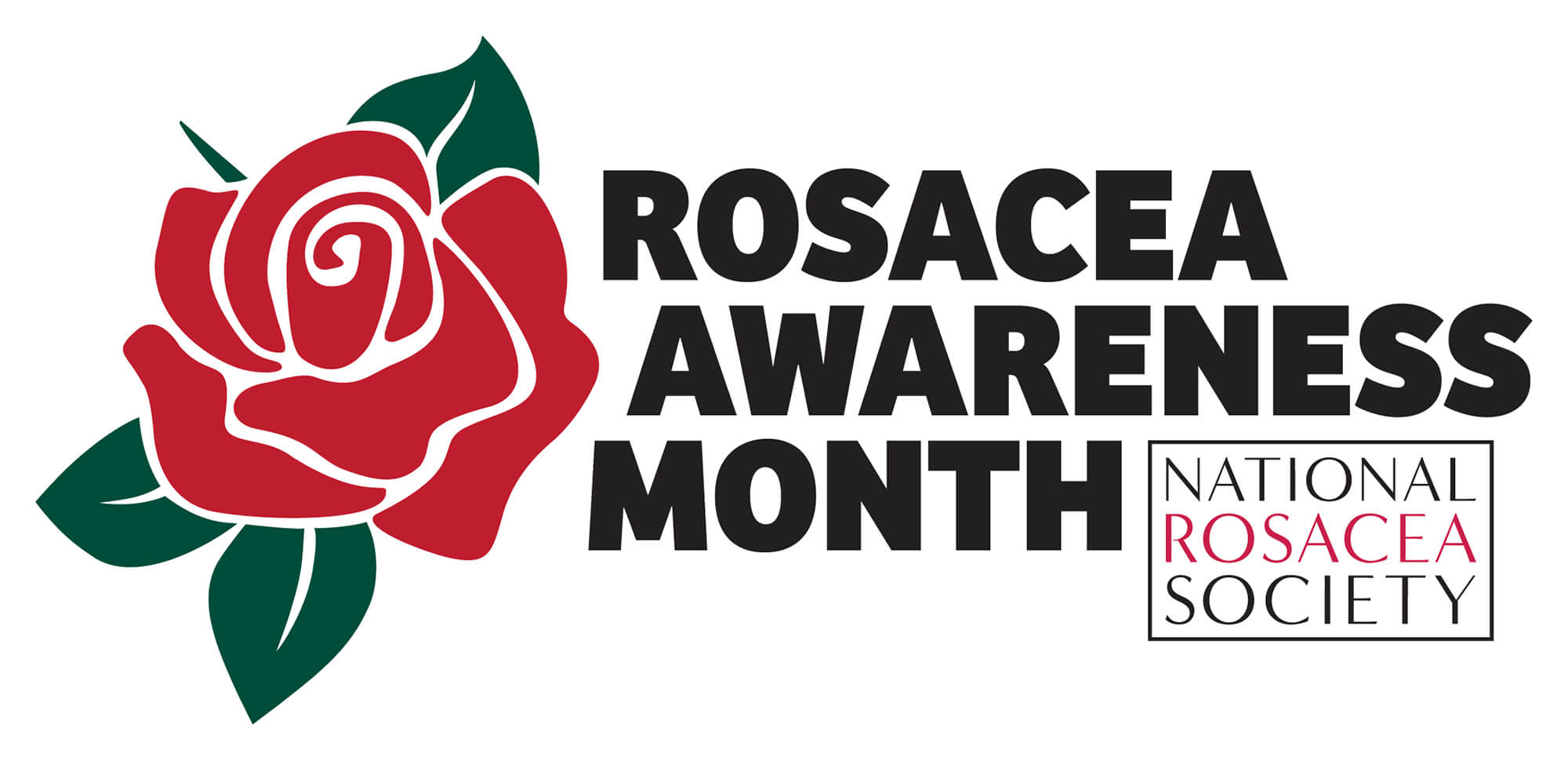 Sophisticated new therapies designed to target rosacea's disease processes combined with treatment plans tailored to patients’ specific cases have made it easier than ever for sufferers to achieve clear skin. The National Rosacea Society (NRS) has designated April as Rosacea Awareness Month to educate the public on the treatments available for this potentially serious disorder, as well as the importance of a key factor in making them effective: the patient’s ongoing commitment to comply with therapy.
Sophisticated new therapies designed to target rosacea's disease processes combined with treatment plans tailored to patients’ specific cases have made it easier than ever for sufferers to achieve clear skin. The National Rosacea Society (NRS) has designated April as Rosacea Awareness Month to educate the public on the treatments available for this potentially serious disorder, as well as the importance of a key factor in making them effective: the patient’s ongoing commitment to comply with therapy.
“Rosacea may feel like an uphill battle – left untreated, the disease is a moving target, with varying signs and symptoms that may improve but often get worse, both in response to triggers and over time,” said Dr. Hilary Baldwin, associate professor of dermatology at Rutgers Robert Wood Johnson Medical School. “The good news is that there are more treatment options available than ever before, allowing physicians and patients to work together to find the most effective treatment for each individual case.”
While once conventionally divided into four subtypes, rosacea is now understood as a single disease with a wide variety of potential presentations. Although its clinical features, or phenotypes, may appear at different times and in varying combinations, scientific research indicates they may all be manifestations of the same underlying inflammatory continuum.1
Consequently, combination therapy targeted for specific phenotypes may achieve optimal patient outcomes, Dr. Baldwin said. She noted that therapies that target facial erythema (redness), the most common phenotype and often the most damaging to quality of life,2 may also have a synergistic effect on improving other signs and symptoms. For example, one study found that combining a topical alpha agonist with a topical anti-inflammatory achieved statistically significantly better reduction of erythema and papules (bumps) and pustules (pimples) when both drugs were begun concomitantly.3
Moreover, optimal therapy may also keep the disease from progressing further over the long term, Dr. Baldwin noted. Though more studies are needed, some medications appeared to improve baseline redness over time, and may possibly help inhibit progression as well as help maintain remission.
The best results are achieved when patients and their doctors work together to identify appropriate therapy and monitor its progress, Dr. Baldwin said. In initially designing a treatment plan, she recommended that physicians take a comprehensive history of the patient’s involvement with rosacea, including its signs and symptoms over time, as well as its social, emotional and psychological effects. Doctors should also offer advice on trigger factors, as well as information on skin care and sun protection.
Then, as therapy progresses and with the patient’s input, physicians may wish to offer additional strategies. For example, oxymetazoline and brimonidine are topical alpha agonists that act on different receptors in different ways, Dr. Baldwin said. With the patient’s observation of its effects, physicians may suggest adjustments, such as application in different amounts at different times of day, to achieve the best result.
“Managing rosacea isn’t a single visit to the doctor, but an ongoing process, and for some patients it may take weeks or months to see improvement,” Dr. Baldwin said. “But patients are not alone. Fortunately, with today’s increasingly sophisticated tools, individuals partnering with their physicians can lead normal lives not adversely impacted by rosacea.”
During Rosacea Awareness Month and throughout the year, individuals may visit the National Rosacea Society’s website at rosacea.org for rosacea news, information and patient materials, including “Understanding Rosacea,” an educational booklet that provides an overview of the disorder, its potential causes and treatment; “Recognizing Redness,” a pamphlet that includes a redness register to allow patients to gauge relative redness before and after flare-ups or treatment; Rosacea Review, a newsletter for rosacea patients; a “Rosacea Diary” to help patients identify and avoid lifestyle and environmental factors that may trigger flare-ups in their individual cases; and other booklets to help patients understand, manage and cope with their condition. Bulk quantities of educational materials are available to health professionals for their patients by ordering through the NRS website, or by writing the National Rosacea Society, 111 Lions Dr., Suite 216, Barrington, Illinois 60010; calling the NRS toll free at 1-888-NO BLUSH; or via e-mail at info@rosacea.org.
References
1. Gallo RL, Granstein RD, Kang S, et al. Standard classification and pathophysiology of rosacea: The 2017 update by the National Rosacea Society Expert Committee. J Am Acad Dermatol 2018 Jan;78(1):148-155. doi: 10.1016/j.jaad.2017.08.037. Epub 2017 Oct 28.
2. Baldwin HE, Harper J, Baradaran S, Patel V. Erythema of rosacea affects health-related quality of life: results of a survey conducted in collaboration with the National Rosacea Society. Dermatol Ther 2019;9(4):725–734. doi:10.1007/s13555-019-00322-5.
3. Gold LS, Papp K, Lynde C, et al. Treatment of rosacea with concomitant use of topical ivermectin 1% cream and brimonidine 0.33% gel: a randomized, vehicle-controlled study. J Drugs Dermatol 2017;16(9):909–916.